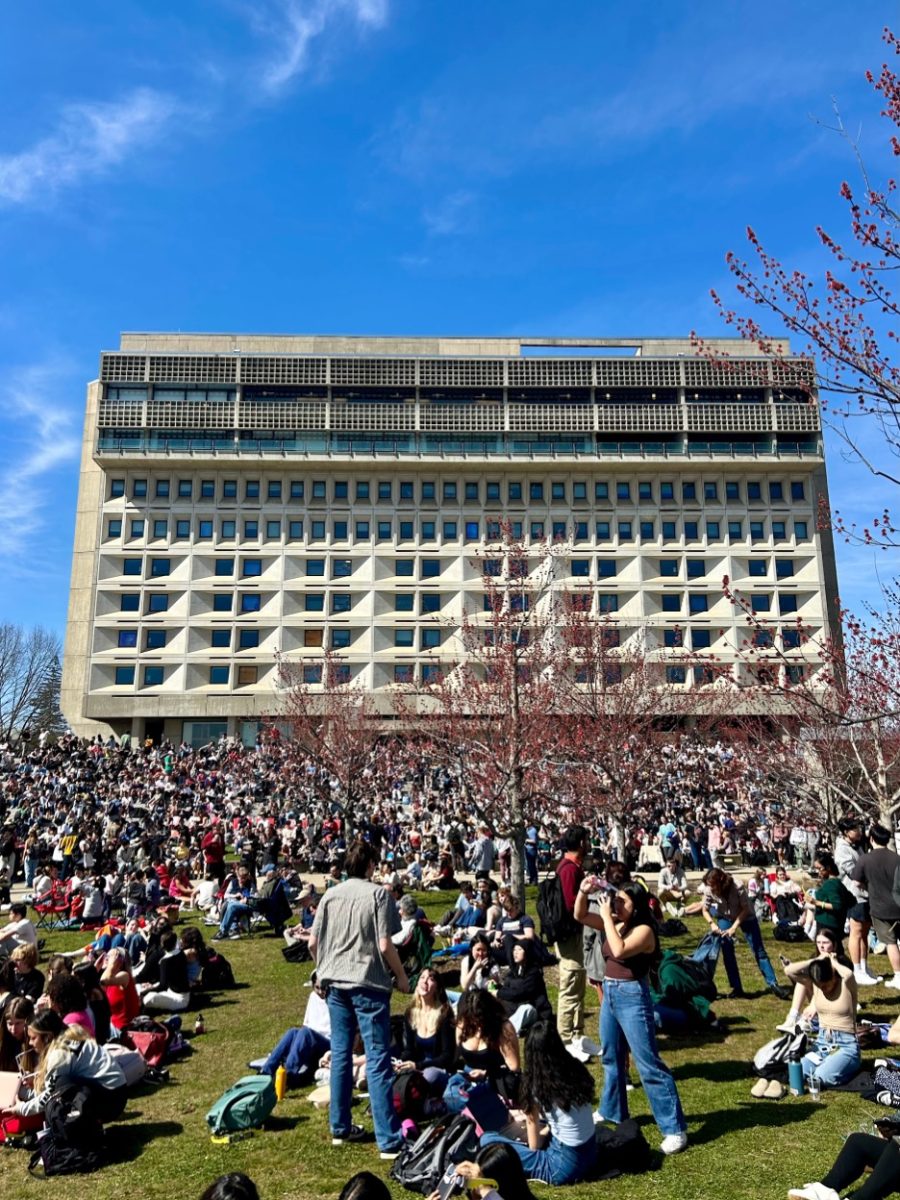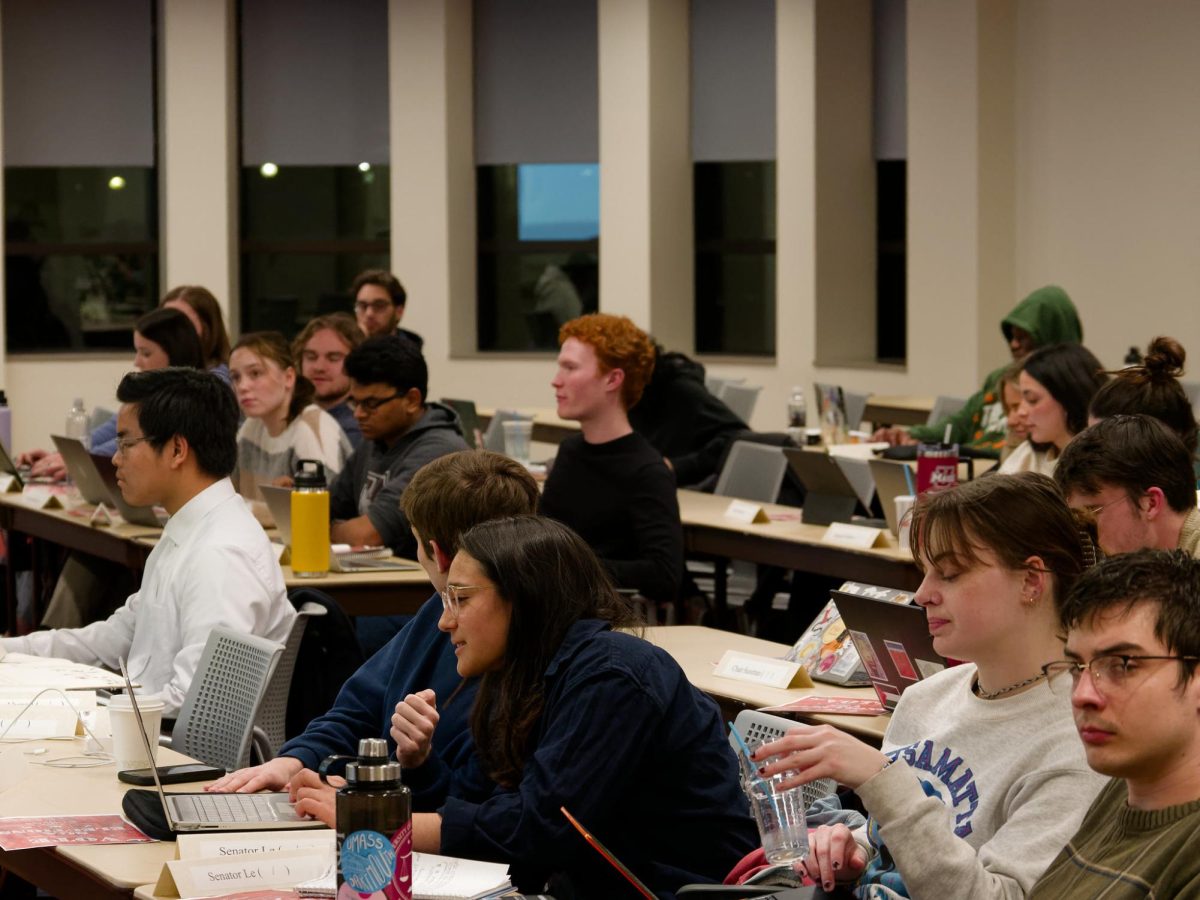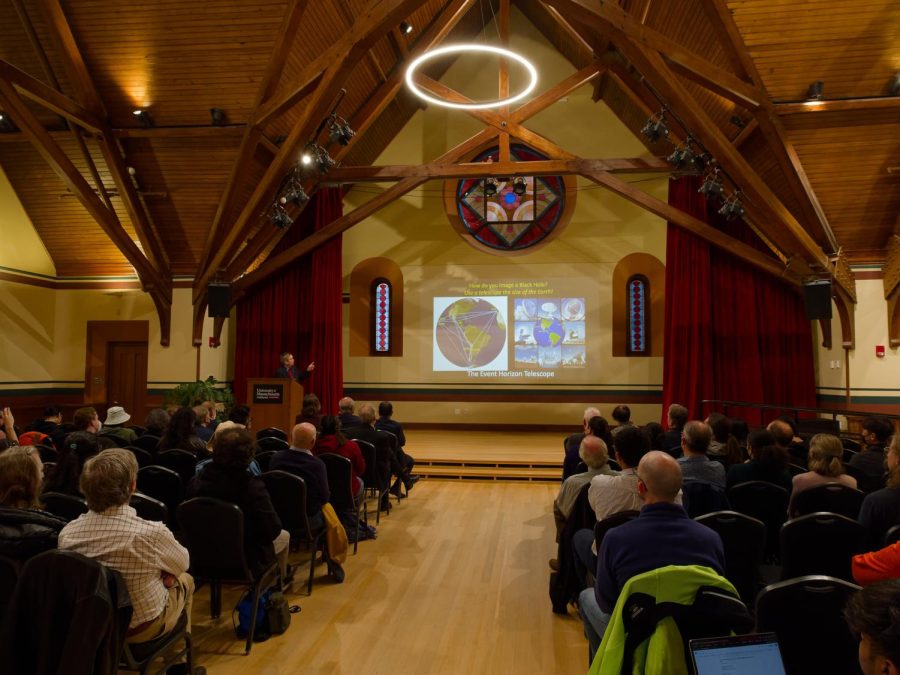
A team of researchers at the University of Massachusetts College of Engineering has begun development on a dual-use radar system that will detect weather and drones in the lowest portion of our atmosphere.
Using the same radar system developed by the Center for Collaborative Adaptive Sensing of the Atmosphere (CASA) for monitoring weather on and close to the ground, researchers are demonstrating its ability to detect drones and other small aircrafts flying below the atmosphere.
“In the last year and a half, we’ve done some experiments where we fly drones near the radars to see if we can distinguish them from other things, such as birds and weather. We have gotten some preliminary results that look promising,” Apoorva Bajaj, CASA innovation manager said.
The Federal Aviation Administration expects there to be over 3.5 million active drones in the United States by 2021. With the increase of drone usage, researchers see potential for the radar system to have public safety benefits. Given a proper warning, both public and private institutions can decide how to handle any incoming air traffic.
“Any sort of critical infrastructure, government buildings, nuclear facilities, airports…all of these folks are interested in knowing of potential threats heading toward them. With this system, we can at least provide some advanced warning,” Michael Zink, co-director of CASA explained.
Zink explained that over 70 percent of air space in the US – that which is one kilometer or closer to the ground – cannot be detected by normal radar and weather systems. Using the radar system developed by CASA, antennas can be placed on buildings or flat ground to properly monitor the air space below our atmosphere.
Other variations of the project include sensitive microphones and cameras to detect drones, but none have shown a warning distance of more than four kilometers, which is provided by the radar system.
The team developing the project includes five researchers from the University of Massachusetts – Zink, Senior Research Fellow David Pepyne, Krzysztof Orzel, Bajaj and graduate student, Jezabel Vilardell Sánchez.
A series of phased-array radars will provide coverage of a specific area while dual polarization technology will help distinguish drones from other things that may be in the atmosphere.
“The low-cost phased-array radar that we are using for this experiment is an emerging technology… this new monitoring feature is a very interesting asset to the overall purpose of the radar,” Sanchez stated.
The project is currently being funded by an 18-month, $200,000 grant from the National Science Foundation. The research team hopes to build a foundation within the 18 months that can bring in relevant stakeholders who may be interested in funding the continued research.
Rhiannon Snide can be reached at [email protected].


















